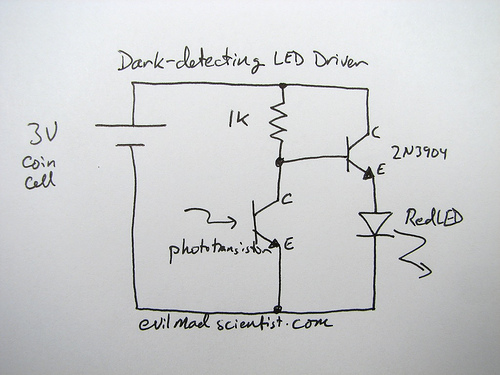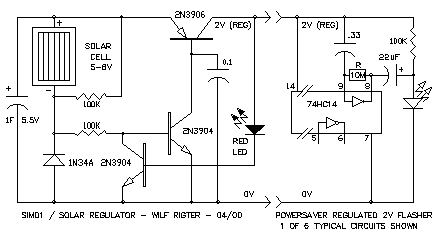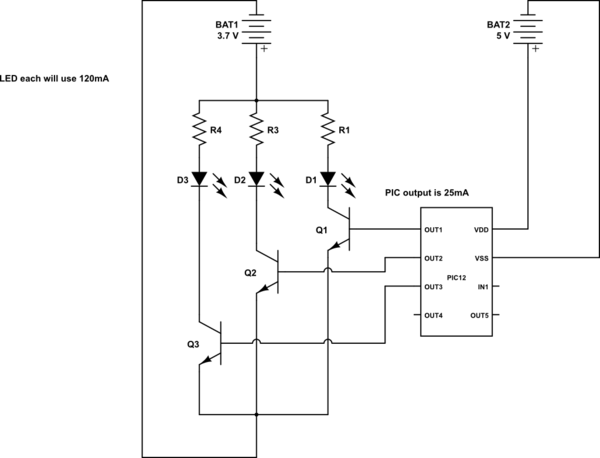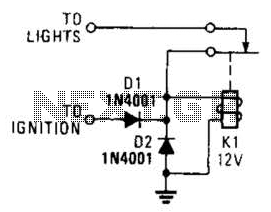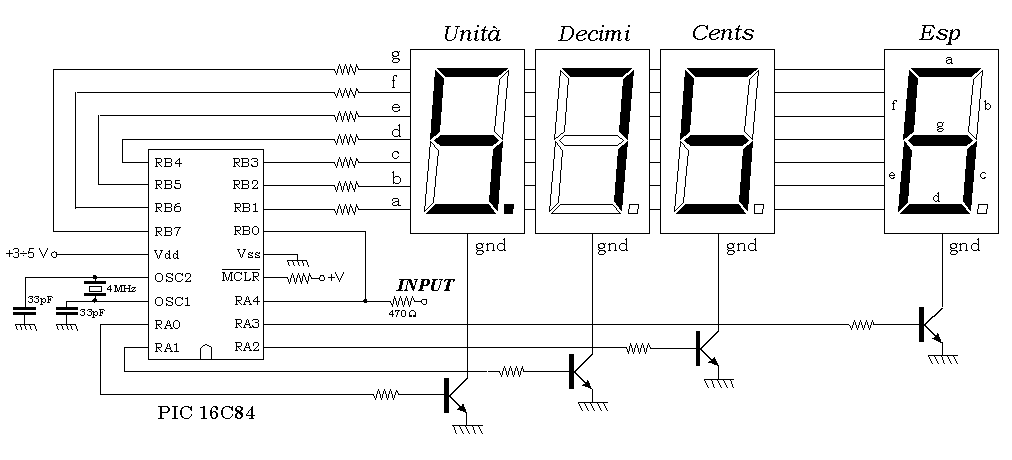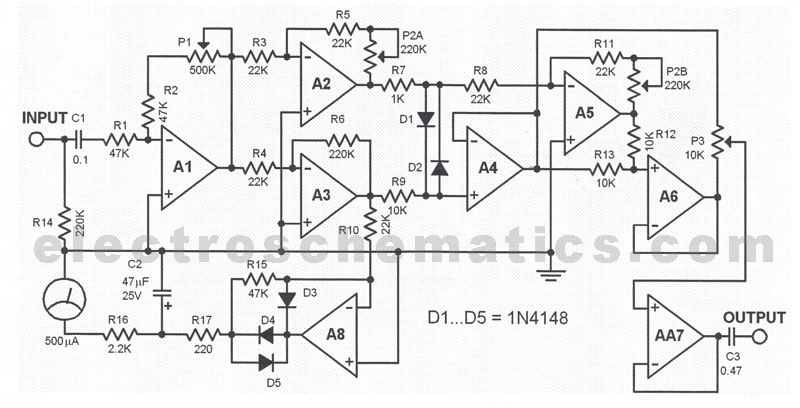
Precision digital timing controller circuit (CC4013, CC440, CC4060, G1555)
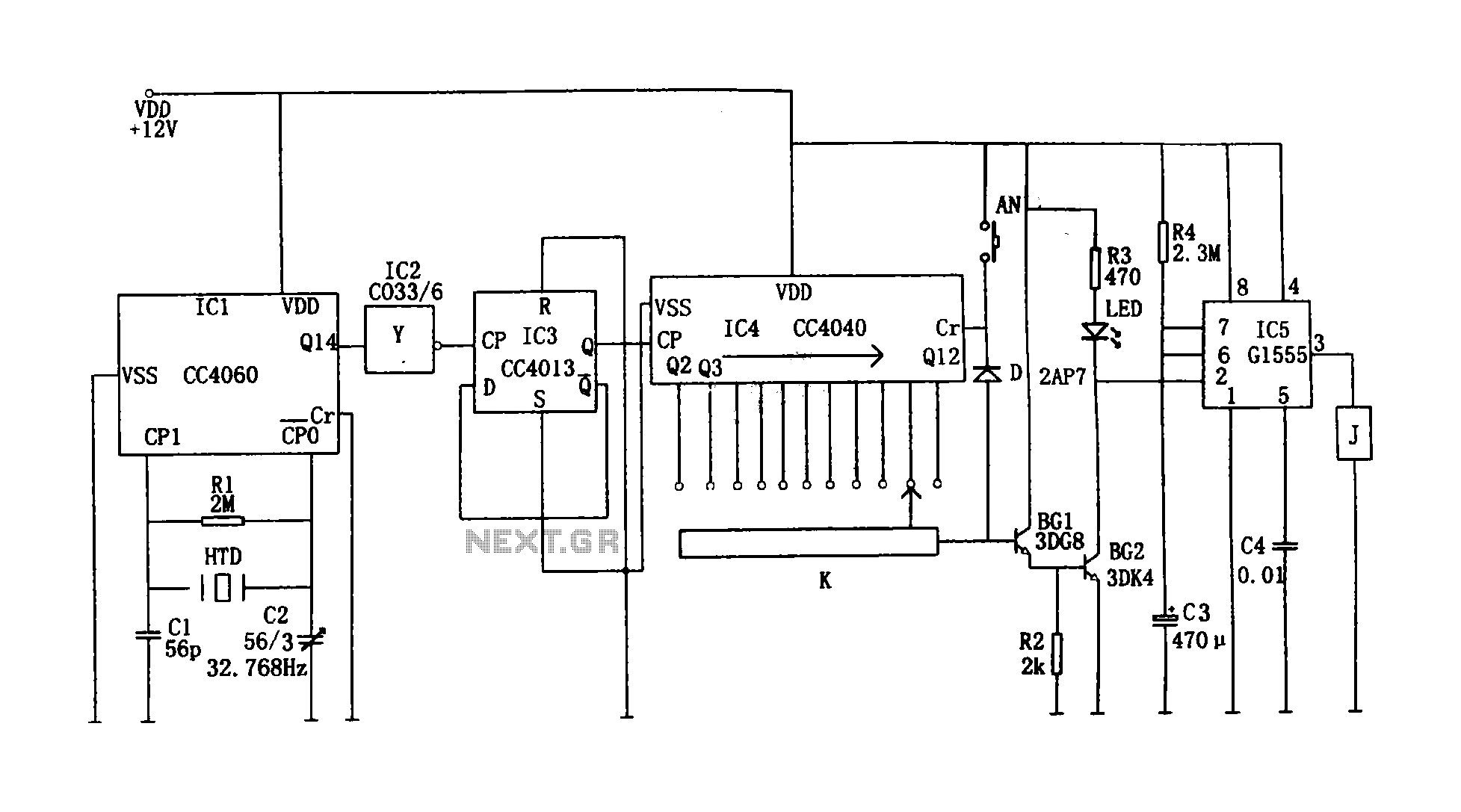
This circuit illustrates a precision digital timing control system. The controller includes a crystal oscillator circuit, a divider, a counting circuit, and monostable flip-flops. The crystal oscillator circuit features a series of 14 binary counters/dividers, a watch crystal operating at 32,768 Hz, capacitors C1 and C2, among other components. The oscillator signal is output from pin Q14 after being divided by 2^14. This signal is inverted by IC2 and subsequently fed into a dual D flip-flop (CC4013, IC3), which divides the signal by two to generate a 1 Hz output. This 1 Hz signal serves as the clock control signal for IC4, a 12-bit serial binary counter/divider (CC4040). When the clock pulse (CP) signal operates at 1 Hz, the output terminals Q4 through Q9 and Q12 through Q14 produce pulses of 2 seconds, 4 seconds, 8 seconds, 16 seconds, 32 seconds, 64 seconds, 128 seconds, 256 seconds, 512 seconds, 1024 seconds, and 2048 seconds, respectively. The timing requirements are managed by an 11-position single-pole switch (K) that corresponds to the timing levels. The amplified signals from transistors BG1 and BG2 are coupled to pin 5 of IC5 (555 timer), which, when triggered, outputs a high signal to activate relay J, thus controlling the load. The timing controller operates by waiting for 2^N seconds (where N ranges from 2 to 11) before activating the relay. After this period, capacitor C3 charges through resistor R4. Once the voltage across C3 reaches 2/3 VDD, the 555 timer resets, causing the output pin to go low, which releases relay J and turns off the load. Simultaneously, a signal from switch K, through diode D, clears the timer at pin 12 of IC4. This action resets the timer, allowing it to start counting from zero again, thus enabling multiple timing cycles. The timing controller can be set for intervals ranging from 2 to 2048 seconds, offering high timing accuracy that surpasses that of standard timers.
The precision digital timing control circuit operates through a well-coordinated arrangement of components designed to achieve accurate timing intervals. The core of the system is the crystal oscillator, which generates a stable frequency that is crucial for timing accuracy. The 32,768 Hz watch crystal is specifically chosen for its reliability and precision in timekeeping applications. The series of binary counters provides the necessary division of frequency, allowing for the generation of various timing intervals.
The dual D flip-flop (IC3) serves a critical role in further dividing the frequency, ensuring that the output is suitable for the subsequent timing logic. The CC4040 counter (IC4) is versatile, with multiple output stages that allow for a range of timing options. Each output pin corresponds to a specific timing interval, which can be selected using the switch K, making the circuit adaptable to various timing requirements.
The use of transistors (BG1 and BG2) as amplifiers ensures that the signals are strong enough to drive the relay, which is essential for controlling larger loads. The 555 timer is employed in a monostable configuration, providing a reliable mechanism for activating and deactivating the relay based on the timing intervals set by the user.
The circuit's design facilitates a straightforward operation: after a predetermined delay, the relay engages, powering the load, and subsequently disengages after the set timing period. This functionality is particularly useful in applications requiring precise control over timing, such as in automation systems, lighting control, and other electronic applications where timing is critical. The ability to reset the timer and start a new cycle enhances the circuit's usability, allowing for repeated operations without manual intervention. Overall, the precision digital timing control circuit exemplifies an effective integration of various electronic components to achieve a highly functional timing solution.Shown for the precision digital timing control circuit. The controller consists of crystal oscillator circuit, a divider, counting circuit, monostable flip-flops. Crystal oscillator circuit consists of 14 serial binary counter / divider, watch crystal (32768Hz), C1, C2 and so on. Oscillator signal after 214 division (Q14) output from the pin, inverted by the IC2, then after the double-D flip-flop CC4013 (IC3) divided by two to give the signal of 1Hz, the signal is applied to the CP end of IC4, as a clock control signal.IC4 is a 12-bit serial binary counter / divider CC4040, when the CP signal at a frequency of 1Hz, 11 output terminals Q4 ~ Q9, Q12 ~ Q14 respectively output 2 seconds, 4 seconds, 8 seconds, 16 seconds, 32 seconds , 64 seconds, 128 seconds, 256 seconds, 512 seconds, 1024 seconds, 2048 seconds pulse (high step).
Based on the timing required by sub-line single-pole 11 throw switch K corresponding step level timing leads the way. Added to the amplifier BG1, BG2, by the amplified signal coupled to IC5 feet, 555 feet low because occurs set, pin output high relay J pull, turn the corresponding control load, so that the work load.The timing controller work program is: Wait 2N (N = 2 ~ 11) seconds after the relay only pull, turn the work.
After that, because C3 is charged through R4, when the voltage on C3 charge to make potential reaches 6 feet 2 / 3VDD, the 555 reset occurs, the output pin low relay J release, the corresponding load off, stop working. At the same time, a signal from the K leads through diode D after clearing Cr added to the end of IC4 (12 feet), the timer is cleared, that is, in 555 output is high, the load is turned on at the same time, and from 0 to start counting , the timing of the next round.
Thus achieving different general timer.Timing of the timing controller can be from 2 to 2,048 seconds, minutes, 11-grade, high timing accuracy, than the average over the timer.
The precision digital timing control circuit operates through a well-coordinated arrangement of components designed to achieve accurate timing intervals. The core of the system is the crystal oscillator, which generates a stable frequency that is crucial for timing accuracy. The 32,768 Hz watch crystal is specifically chosen for its reliability and precision in timekeeping applications. The series of binary counters provides the necessary division of frequency, allowing for the generation of various timing intervals.
The dual D flip-flop (IC3) serves a critical role in further dividing the frequency, ensuring that the output is suitable for the subsequent timing logic. The CC4040 counter (IC4) is versatile, with multiple output stages that allow for a range of timing options. Each output pin corresponds to a specific timing interval, which can be selected using the switch K, making the circuit adaptable to various timing requirements.
The use of transistors (BG1 and BG2) as amplifiers ensures that the signals are strong enough to drive the relay, which is essential for controlling larger loads. The 555 timer is employed in a monostable configuration, providing a reliable mechanism for activating and deactivating the relay based on the timing intervals set by the user.
The circuit's design facilitates a straightforward operation: after a predetermined delay, the relay engages, powering the load, and subsequently disengages after the set timing period. This functionality is particularly useful in applications requiring precise control over timing, such as in automation systems, lighting control, and other electronic applications where timing is critical. The ability to reset the timer and start a new cycle enhances the circuit's usability, allowing for repeated operations without manual intervention. Overall, the precision digital timing control circuit exemplifies an effective integration of various electronic components to achieve a highly functional timing solution.Shown for the precision digital timing control circuit. The controller consists of crystal oscillator circuit, a divider, counting circuit, monostable flip-flops. Crystal oscillator circuit consists of 14 serial binary counter / divider, watch crystal (32768Hz), C1, C2 and so on. Oscillator signal after 214 division (Q14) output from the pin, inverted by the IC2, then after the double-D flip-flop CC4013 (IC3) divided by two to give the signal of 1Hz, the signal is applied to the CP end of IC4, as a clock control signal.IC4 is a 12-bit serial binary counter / divider CC4040, when the CP signal at a frequency of 1Hz, 11 output terminals Q4 ~ Q9, Q12 ~ Q14 respectively output 2 seconds, 4 seconds, 8 seconds, 16 seconds, 32 seconds , 64 seconds, 128 seconds, 256 seconds, 512 seconds, 1024 seconds, 2048 seconds pulse (high step).
Based on the timing required by sub-line single-pole 11 throw switch K corresponding step level timing leads the way. Added to the amplifier BG1, BG2, by the amplified signal coupled to IC5 feet, 555 feet low because occurs set, pin output high relay J pull, turn the corresponding control load, so that the work load.The timing controller work program is: Wait 2N (N = 2 ~ 11) seconds after the relay only pull, turn the work.
After that, because C3 is charged through R4, when the voltage on C3 charge to make potential reaches 6 feet 2 / 3VDD, the 555 reset occurs, the output pin low relay J release, the corresponding load off, stop working. At the same time, a signal from the K leads through diode D after clearing Cr added to the end of IC4 (12 feet), the timer is cleared, that is, in 555 output is high, the load is turned on at the same time, and from 0 to start counting , the timing of the next round.
Thus achieving different general timer.Timing of the timing controller can be from 2 to 2,048 seconds, minutes, 11-grade, high timing accuracy, than the average over the timer.
Warning: include(partials/cookie-banner.php): Failed to open stream: Permission denied in /var/www/html/nextgr/view-circuit.php on line 713
Warning: include(): Failed opening 'partials/cookie-banner.php' for inclusion (include_path='.:/usr/share/php') in /var/www/html/nextgr/view-circuit.php on line 713
